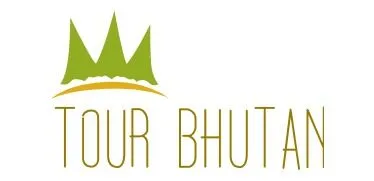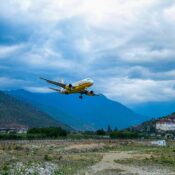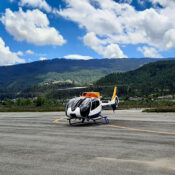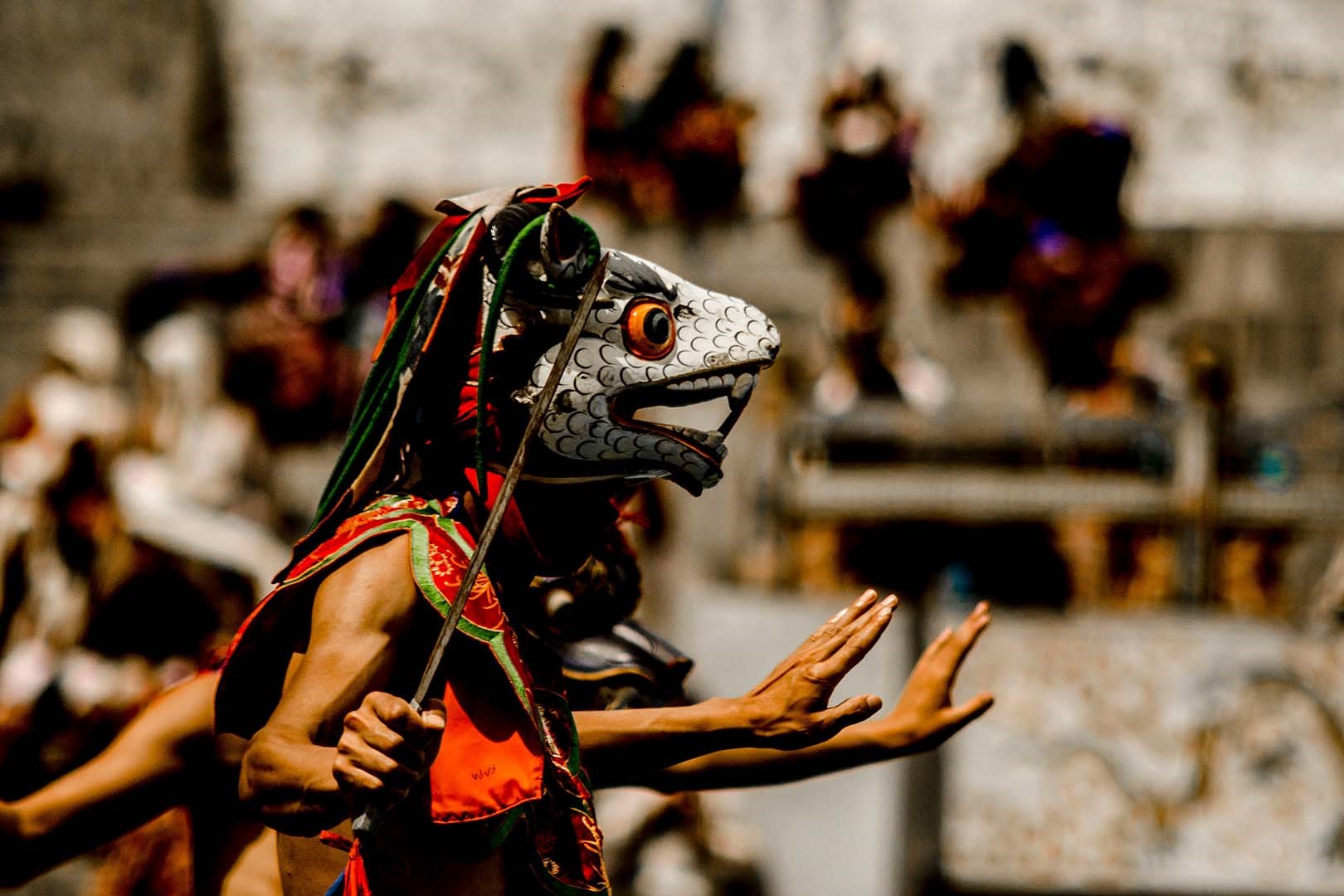Bhutan Tourism Season
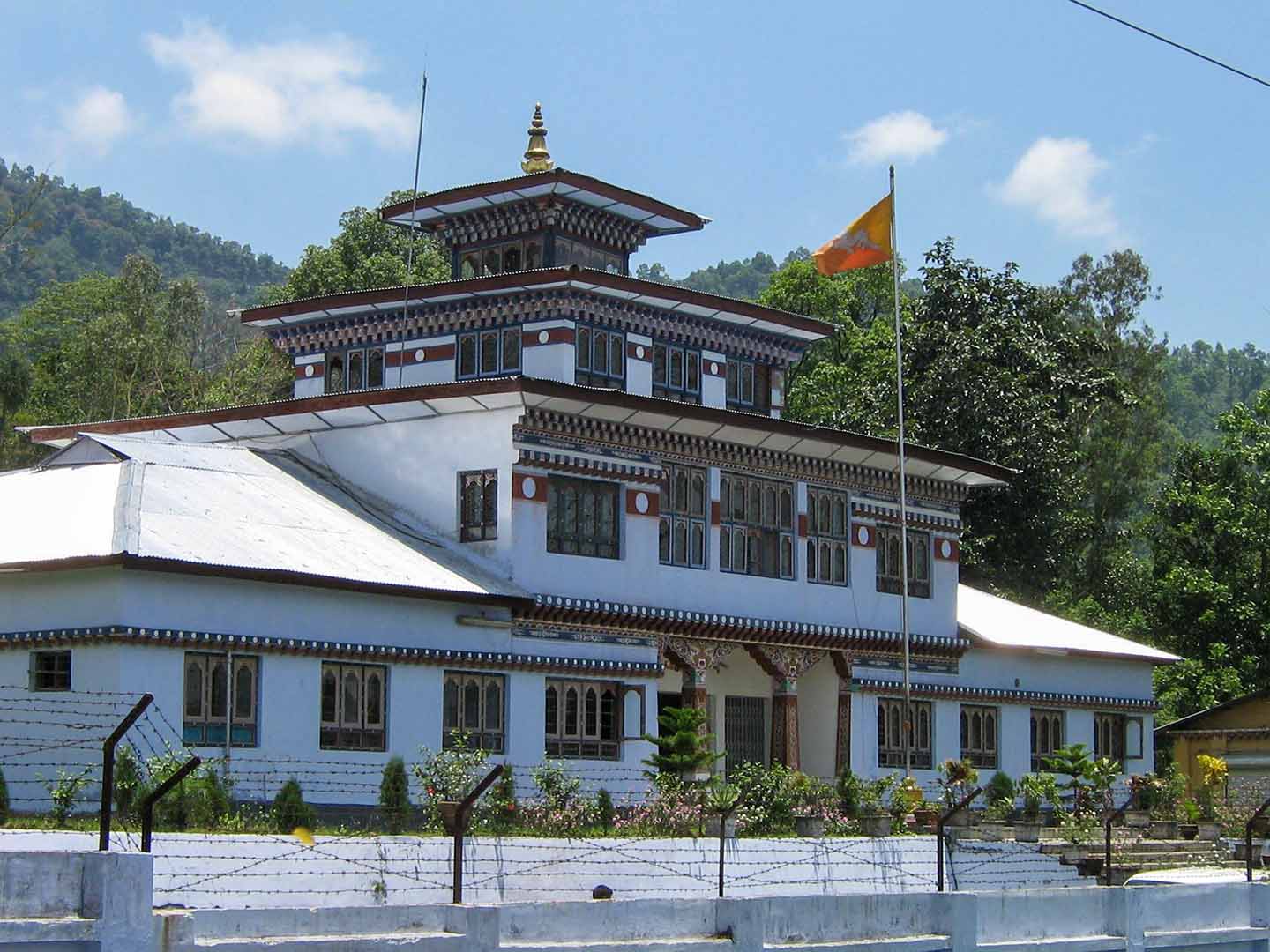
Bhutan Tourism Season
Bhutan, a small landlocked country nestled in the eastern Himalayas, is known for its stunning landscapes, unique culture, and the concept of Gross National Happiness. Bhutan’s tourism season typically depends on the country’s two distinct seasons, the peak season and the offseason.
It’s important to note that Bhutan Tourism Season and daily package fee for tourists, which includes accommodation, meals, transportation, and a licensed tour guide. The fee varies depending on the season, with the peak season being more expensive than the off-season.
Overall, Bhutan is a beautiful country that offers visitors a unique and unforgettable experience. Whether you choose to visit during the peak season or the off-season, you’ll be sure to discover the magic of this fascinating and enchanting destination.
Peak Bhutan Tourism Season to Travel
The peak season in Bhutan runs from March to May and from September to November. During this time, the weather is pleasant, with clear blue skies and comfortable temperatures, making it an ideal time for trekking and other outdoor activities. The spring season is particularly popular, as it offers visitors the opportunity to witness the country’s famous rhododendron blooms. In addition, Bhutan celebrates several festivals during this time, including the Paro Tsechu, Thimphu Tsechu, and Jambay Lhakhang Drup, which attract both locals and tourists alike.

Off Season in Bhutan
The offseason in Bhutan runs from December to February and from June to August. During this time, the weather is colder and the country experiences heavy rainfall, especially in the summer months. However, the offseason can also offer visitors a unique and quieter experience, with fewer tourists and lower prices. It’s also an excellent time to visit if you’re interested in cultural tourism, as many of the country’s festivals take place during this period.
Bhutan Spring Season
Bhutan’s spring season usually starts in March and lasts until May. During this time, the weather in Bhutan is mild, and the temperature is comfortable, making it an ideal time to visit the country.
The spring season in Bhutan is characterized by the blooming of flowers and the melting of snow, which creates beautiful landscapes, especially in high-altitude areas. The valleys are lush green, and the air is fresh and crisp, making it an ideal time for outdoor activities like trekking, hiking, and sightseeing.
During this season, Bhutan celebrates several festivals like Paro Tsechu, Punakha Dromchoe, and Ura Yakchoe, which are vibrant and colourful and provide an excellent opportunity to experience the local culture and traditions.
It’s important to note that the spring season in Bhutan can also be accompanied by occasional showers, so it’s advisable to pack rain gear along with other necessary clothing items.

Bhutan Autumn Season
Bhutan’s autumn season usually starts in September and lasts until November. During this time, the weather in Bhutan is pleasant, with clear blue skies, making it an excellent time to visit the country.
The autumn season in Bhutan is characterized by the changing colours of the leaves, which create a beautiful landscape, especially in higher altitude areas. The valleys are lush and green, and the air is fresh, making it an ideal time for outdoor activities like trekking, hiking, and sightseeing.
During this season, Bhutan celebrates several festivals like Thimphu Tsechu, Wangduephodrang Tshechu, and Jambay Lhakhang Drup, which are vibrant and colourful and provide an excellent opportunity to experience the local culture and traditions.
It’s important to note that occasional showers can also accompany the autumn season in Bhutan, so it’s advisable to pack rain gear and other necessary clothing items. Additionally, the temperature can drop significantly at night, especially in higher altitude areas, so it’s essential to carry warm clothing.

Bhutan Winter Season
Bhutan experiences the winter season from December to February. During this time, the temperature in Bhutan can vary depending on the altitude and location.
In the northern parts of Bhutan, the temperature can drop below freezing point, and snowfall is common. The central regions, including the capital city of Thimphu, also experience cold temperatures, but snowfall is not as frequent.
In the southern regions of Bhutan, the climate is relatively mild, with temperatures ranging between 10 to 15 degrees Celsius. However, it can still get chilly, especially during the early morning and late evening.
Overall, winter in Bhutan is considered to be a dry season, with clear skies and little to no rainfall. It is also a popular time for tourists to visit Bhutan to enjoy the winter festivals and trekking in the lower altitude regions.
Bhutan Summer Season
Bhutan’s summer season lasts from June to August and is also known as the monsoon season. During this time, Bhutan experiences heavy rainfall, particularly in the southern regions of the country. The rainfall brings greenery and lush vegetation to the landscape, making it an excellent time to visit Bhutan’s forests and nature reserves.
However, the monsoon season can also cause landslides, flooding, and roadblocks, making travel and trekking challenging. It’s recommended to avoid travelling to the southern parts of Bhutan during the peak of the monsoon season.
In contrast, the northern regions of Bhutan experience less rainfall, and it can be a good time for trekking in those areas. However, it’s important to note that there can still be some rainfall, and the trails can be muddy and slippery, making trekking more challenging.
Overall, Bhutan’s summer season can be a good time to visit for those interested in experiencing the lush greenery and natural beauty of the country. However, it’s important to be aware of the weather conditions and to plan accordingly to ensure a safe and enjoyable trip.
Bhutan Cultural Events and Festivals
Bhutan has a rich cultural heritage, and numerous festivals and events throughout the year showcase its unique traditions and customs. Here are some of the major cultural events in Bhutan:
- Paro Tsechu: It is one of the most popular festivals in Bhutan and is held in Paro in March or April. The festival features colourful mask dances performed by monks, and it is believed that the dances bring good luck and drive away evil spirits.
- Thimphu Tshechu: This festival is held in the capital city Thimphu in September or October and is another popular event in Bhutan. The festival features masked dances, music, and religious ceremonies, and it is attended by locals as well as tourists.
- Punakha Drubchen: This festival is held in Punakha in February or March and is a celebration of the victory of Bhutan over Tibetan forces. The festival features re-enactments of battles, masked dances, and other cultural events.
- Haa Summer Festival: This festival is held in the remote Haa Valley in July and is a celebration of Bhutanese culture and traditions. The festival features traditional Bhutanese food, music, dance, and sports.
- Jomolhari Mountain Festival: This festival is held in the Jomolhari area in October and is a celebration of the local culture and environment. The festival features cultural performances, outdoor activities, and exhibitions showcasing the area’s flora and fauna.
These are just a few examples of the many cultural events and festivals in Bhutan. Each event has its unique significance and provides an opportunity to experience Bhutan’s rich cultural heritage.
Bhutan Trekking Season
The best time for trekking in Bhutan is during the spring (March to May) and autumn (September to November) seasons. During these months, the weather is generally dry and stable, and the skies are clear, offering great visibility of the stunning Himalayan landscapes.
In the spring, the temperatures are moderate, and the hills and valleys are full of blooming rhododendrons, making it a great time for trekkers who enjoy the colourful flora. The autumn season is generally cooler and less humid, and the skies are crystal clear, providing a breathtaking view of the Himalayas.
The summer season (June to August) in Bhutan can be challenging for trekkers due to the monsoon rains that can cause landslides, leeches, and mud on the trails. However, some trekking routes in the northern parts of Bhutan can be possible during this season.
The winter season (December to February) can also be a good time to trek in Bhutan, but it can be challenging due to the cold temperatures and snowfall in some areas, especially in higher altitudes.
Overall, the best time for trekking in Bhutan is during the spring and autumn seasons, with moderate temperatures, clear skies, and dry weather conditions.

Bhutan Flora and Fauna Season
Bhutan is known for its rich biodiversity, and its landscapes are home to a diverse range of flora and fauna. Here are some of the notable species found in Bhutan:
Flora:
- Bhutan is home to more than 5,500 species of vascular plants, including over 500 species of orchids.
- The country’s forests are dominated by species such as oak, rhododendron, maple, fir, and spruce.
- Bhutan’s national flower is the Blue Poppy, which grows in the high-altitude regions of the country.
Fauna:
- Bhutan is home to over 200 species of mammals, including the endangered Bengal Tiger, Snow Leopard, Red Panda, and Himalayan Black Bear.
- The country’s birdlife is diverse, with over 770 species recorded, including the national bird of Bhutan, the Raven.
- Other notable species found in Bhutan include the Takin, a unique goat-antelope, and the Golden Langur, a rare and endangered primate.
Bhutan has taken significant steps to preserve its biodiversity, and over 26% of the country’s land is designated as protected areas, including national parks, wildlife sanctuaries, and nature reserves. The country’s commitment to conservation has helped to maintain the diversity of its flora and fauna and has made it a popular destination for eco-tourism.
